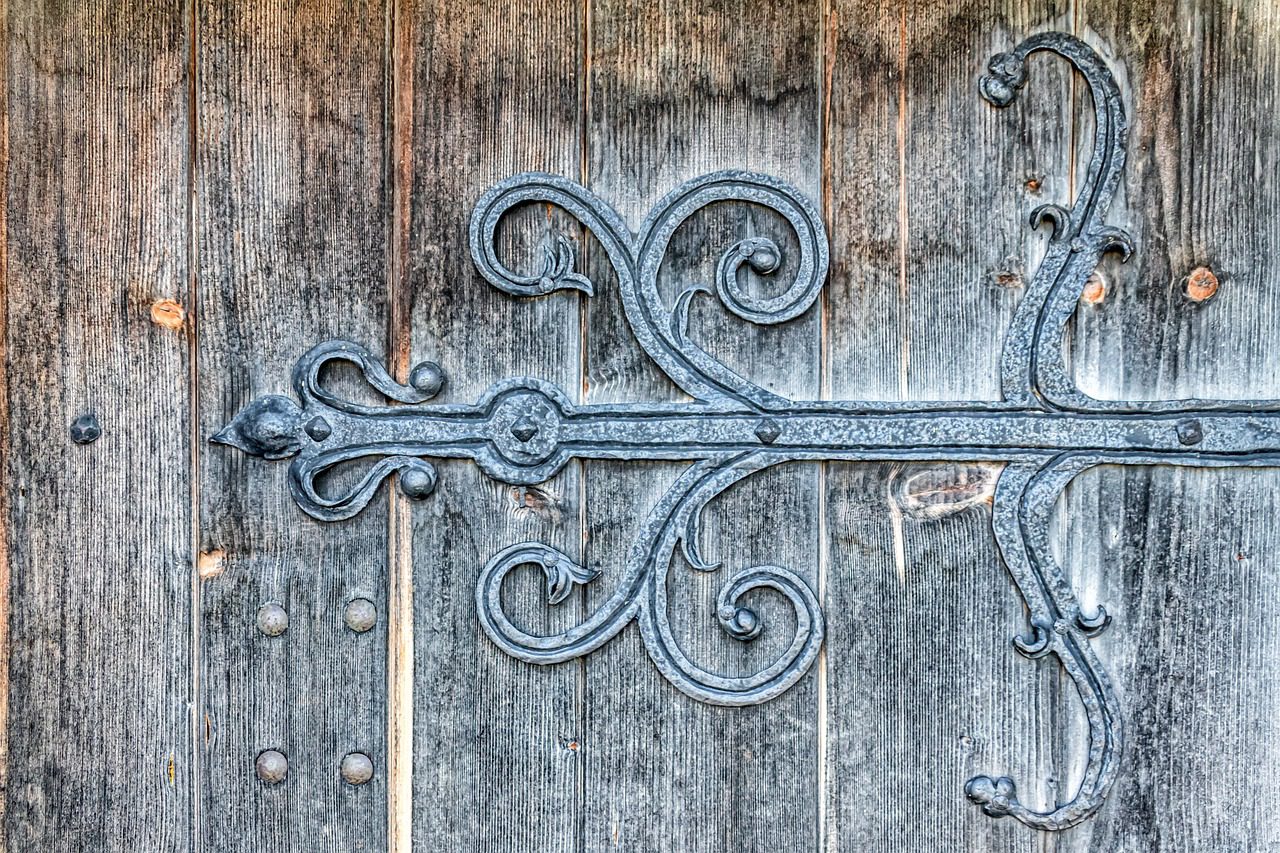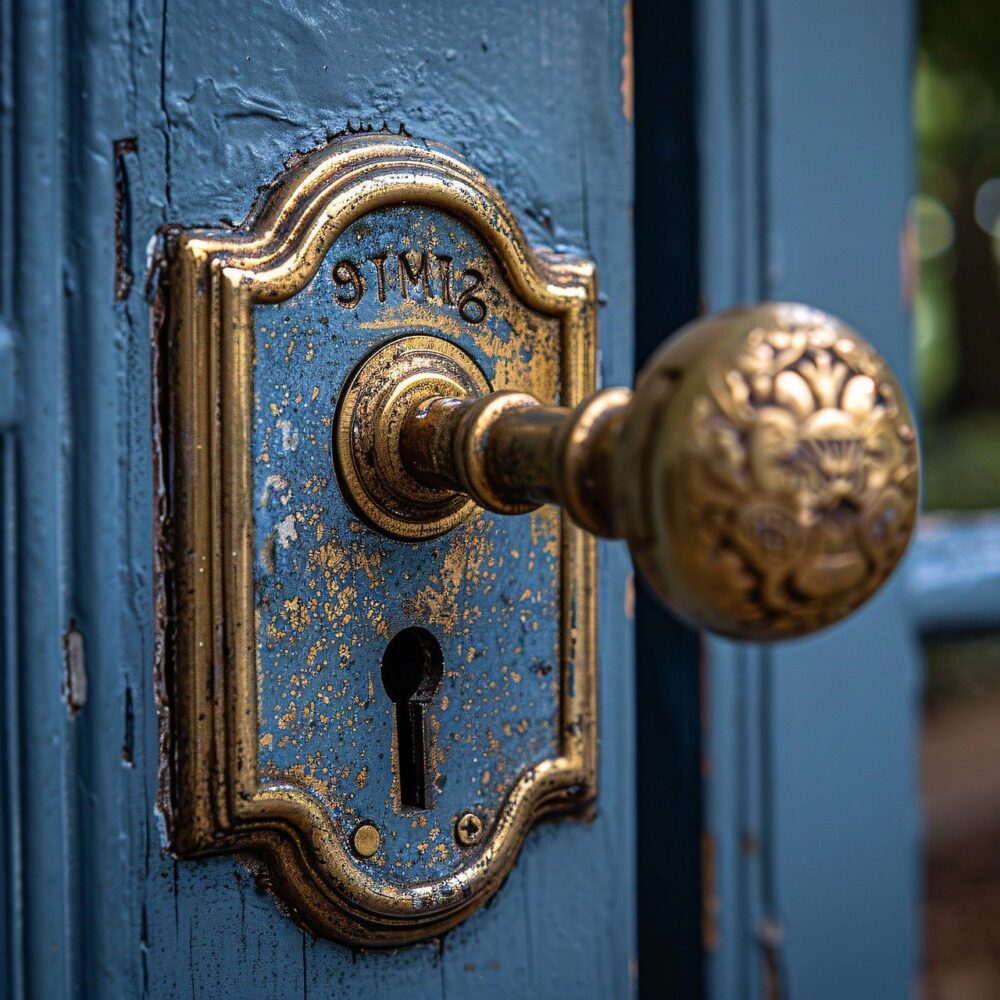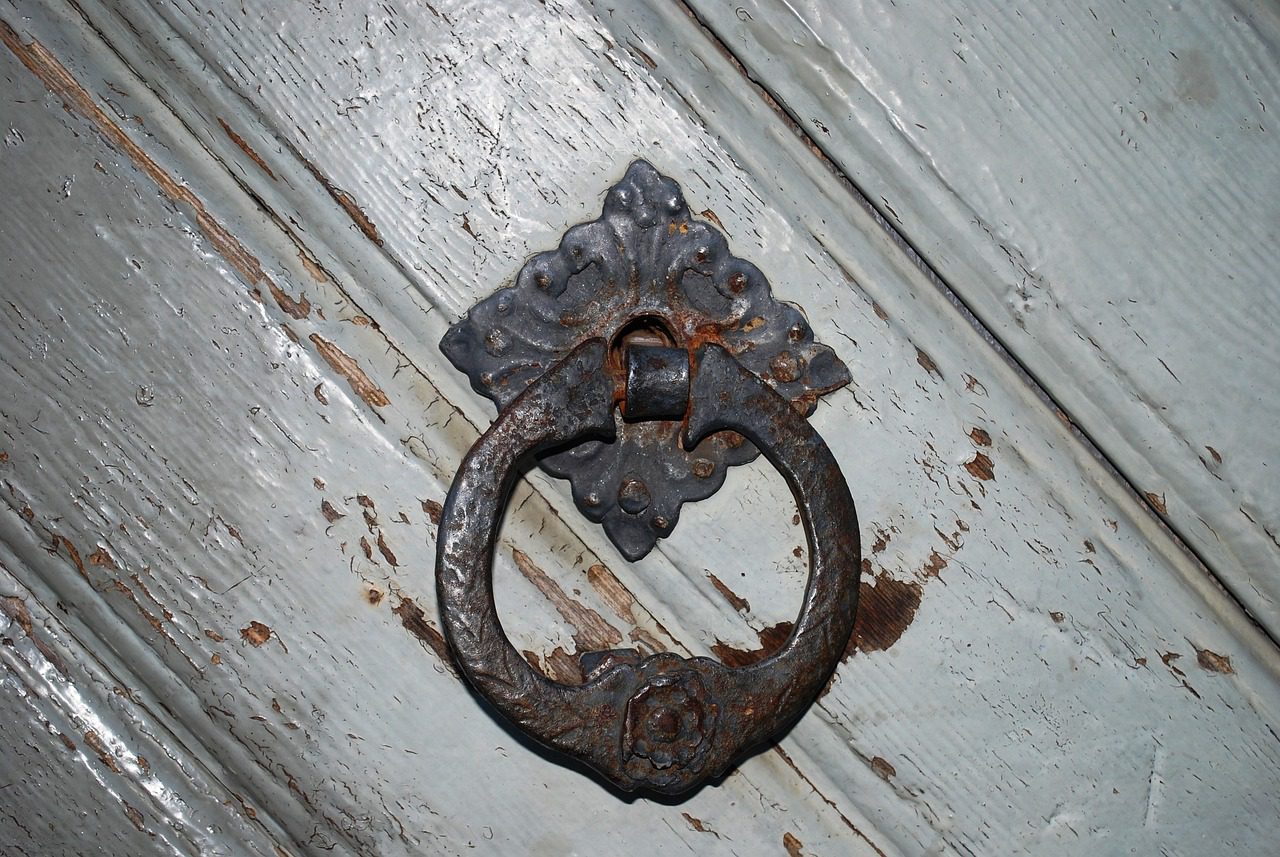What do you consider to be the most effective way to manage the entrance doors of your home or business? Let’s delve into the world of door controls, specifically focusing on door closers and floor springs. Understanding these two mechanisms can be pivotal in deciding what suits your needs best.
The Main Difference Between Door Closers and Floor Springs
The main difference between a door closer and a floor spring is the location and mechanism of door control. Door closers are mounted on the door or frame, controlling the door’s closing speed and power from above, whereas floor springs are installed in the floor, operating from below and typically offering enhanced aesthetics for glass or heavy doors.
What is a Door Closer?
A door closer is a mechanical device that automatically closes a door after it has been opened. It is typically mounted on the door or frame’s top and is highly effective for doors with high traffic because it ensures the door returns to its closed position without manual intervention.
- Types of Door Closers: There are surface-mounted, concealed, and floor-spring door closers.
- Benefits: They are widely used for their ease of installation and versatility. Often favored in commercial spaces, they ensure security and energy conservation by keeping doors closed.
What is a Floor Spring?
A floor spring is a self-closing mechanism installed in the floor, used mainly for heavier or glass doors where aesthetics and subtle operation are essential.
- Construction: Typically enclosed within a box hidden beneath the floor, connected to the door via a pivot point.
- Benefits: Known for their sleek design and robust operation. They are ideal for heavy or full-glass doors, offering seamless integration with the door design.

Door Closer Vs Floor Spring: In-Depth Comparison
Installation and Aesthetics
One major difference between the two systems is their installation and the impact on door aesthetics.
- Door Closers: Easy installation and maintenance. Most types are visible and can affect the door’s appearance, although concealed options are available for a sleeker look.
- Floor Springs: Require more complex installation, often involving fitting into the floor structure. However, they offer a clean aesthetic by being hidden from sight.
Performance and Durability
Both door closers and floor springs provide efficient door operation, but their durability and performance can vary based on design and material.
- Door Closers: Effective for light to medium-weight doors and in high-traffic areas, but may wear over time with constant use.
- Floor Springs: Built to withstand heavier doors and provide smooth operation over extended periods, often seen as more durable in demanding setups.
Flexibility and Adjustment
Adjustability can be a vital factor in deciding between a door closer and a floor spring.
- Door Closers: Typically allow for easy adjustments in speed, closing force, and delay, offering flexibility for different needs and door types.
- Floor Springs: Adjustments are possible but may require professional servicing, given the complex mechanics involved.
| Feature | Door Closers | Floor Springs |
|---|---|---|
| Installation | Easy and quick | Requires professional assistance |
| Aesthetics | Visible, can be concealed | Hidden for a sleek look |
| Adjustability | Easily adjustable by users | May require specialist adjustments |
| Performance | Ideal for light to medium doors | Best for heavy or full-glass doors |
Cost Considerations
Economics plays a crucial role in decision-making for door control mechanisms. Here’s how they compare:
- Door Closers: Generally more cost-effective initially and excellent for straightforward installations.
- Floor Springs: Typically higher in cost due to installation complexity and material but could offer better long-term value for suitable applications.
Application and Suitability
Identifying the proper application for these devices helps determine which device is your optimal choice:
- Door Closers: They are better suited for public buildings, offices, schools, and hospitals where frequent door use is prevalent.
- Floor Springs: Ideal for showrooms, luxury venues, or places with heavier or glass panels requiring unobtrusive door control.

Choosing the Right Solution for Your Needs
Practical Use Cases
Determining your environment’s specific needs can guide you in selecting between a door closer and a floor spring:
- Commercial Buildings: Door closers are often preferred due to their robustness and straightforward maintenance.
- Retail and Hospitality: Floor springs provide the clean, aesthetic operation needed for glass doors, enhancing the customer experience.
Decision Checklist
Consider this checklist when deciding between a door closer and floor spring:
- Weight and Type of Door: Is your door heavy or primarily glass?
- Aesthetic Requirements: Do you prefer visible or concealed mechanisms?
- Maintenance and Adjustment: How important is ease of adjustment to you?
- Budget: Are you willing to invest in higher installation costs for long-term benefits?
- Traffic Volume: Will the door be frequently used?
Expert Advice and Installation
Consulting with professionals like Silver Eagle Locksmith can provide personalized recommendations that best suit your needs. Their expertise ensures you get a solution tailored to your building’s specific requirements, promoting both functionality and safety.

Conclusion
Choosing between a door closer and a floor spring involves assessing your specific needs in terms of installation, aesthetics, performance, and cost. While door closers are efficient and cost-effective for common use in public and commercial spaces, floor springs significantly benefit spaces with heavier or full-glass doors, providing a sleek and robust solution. By understanding these mechanisms’ features and performances, you can make an informed decision that best serves your environment’s requirements.
